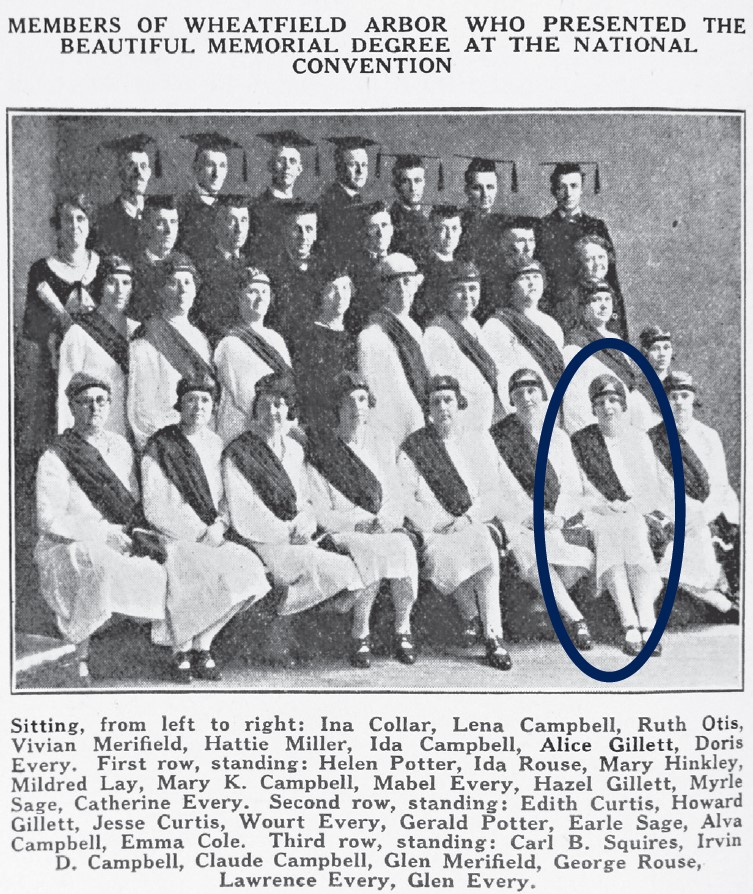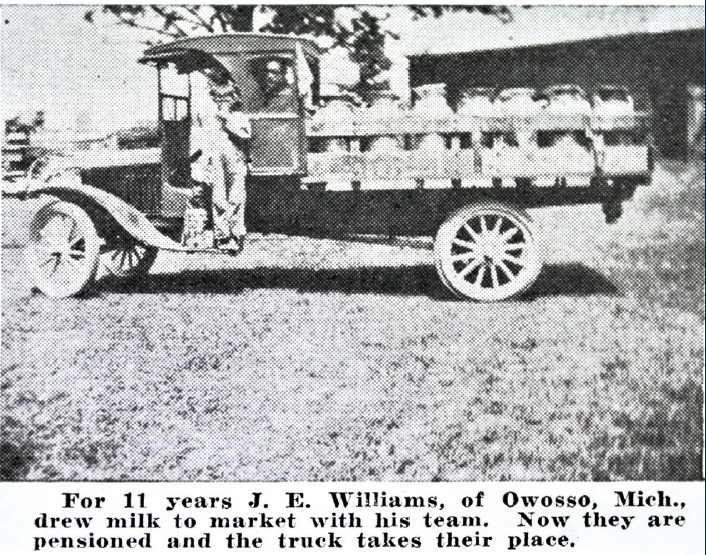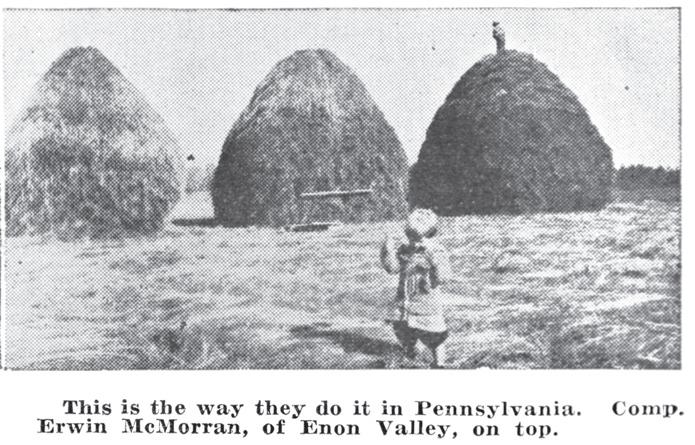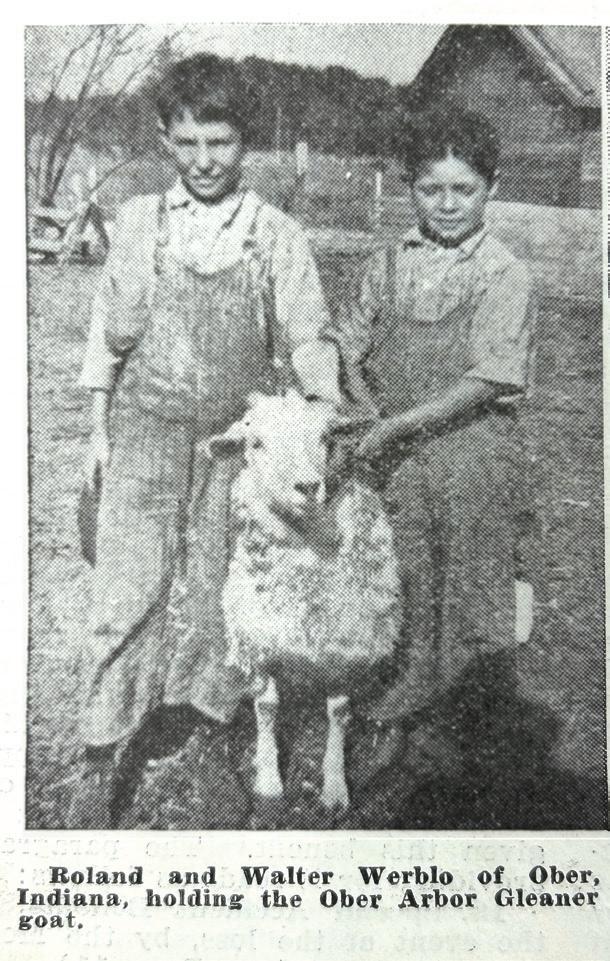
5 minute read
Gleaner History: The transformative 1920s
Gleaner reports and photos illustrate how much life has changed in the past century.
First-hand accounts bring history alive. That was how Judy Gager of Greenville, Michigan, felt when she recently noticed a story about the early years of Wheatfield Arbor (MI). Written by Alice M. (Gillett) Brown, it detailed Gleaner arbor activities, especially during the 1920s.
Judy recognized the significance of Alice Brown’s history. Judy helps care for the Oakfield Township Museum, which occupies an old Gleaner hall. “There are so many similarities I can picture between her memories and things I have imagined took place in our Gleaner hall,” said Judy, who received the Historic Society of Michigan’s 2023 State History Award for Distinguished Volunteer Service. “I am sure others would conjure up similar memories and stories.”

The 1920s saw huge transformations in American life, making it seem more distant than just 10 decades ago. Most rural Americans began the decade relying on horses and dirt roads. Long-distance travel usually involved trains. Average U.S. lifespan was about 54 years. Commercial radio was just beginning, most farms did not have electric lights, and most families used ice boxes instead of refrigerators.


Forty years ago, Alice Brown (born in 1915, died in 1994) wrote a history of her Arbor. Members recalled how ladies went into the corn fields in snow and cold to gather corn donated by farmers to help fund the building. The land was donated where a cheese factory had burned down. Construction was completed over the course of several years.
“When I first began going with my parents I remember there was no inside wall board on the walls,” Alice recalled. “The two-by-fours were showing on the inside which meant it was hard to heat. There were three stoves to build fires in, which did take some doing. You froze stiff until they got going. Each arrival would pull up a chair in a circle around one stove in one corner, and the youngsters around the other in another corner. We had only a few chairs so there were simple wooden benches on which to sit along the walls. As the room heated, people pushed back their chairs until they could finally start the meeting.


“Water had to be pumped outdoors and heated on the kitchen stove even if there wasn’t to be coffee or refreshments. Someone might need it to pour on their automobile motor to get it started to go home. My father cranked one night until he had a slight heart attack. The first autos weren’t always easy to start. No one was left alone at the hall until all cars were started.

“My folks joined about 1922. I was an only child so I went with my folks every meeting — snow, mud, ice, cold or whatever weather. I remember getting stuck one night on the way. My mother didn’t drive so she and I got out and pushed. We finally got the car going all right, but my dad didn’t dare stop or he’d be stuck again so he drove way down the road and she and I had to walk to catch up with him. We were a bit unhappy. …”
So much has changed in barely a century. Here are some photos from The National Gleaner Forum magazines of that era to remind members of life back then.














